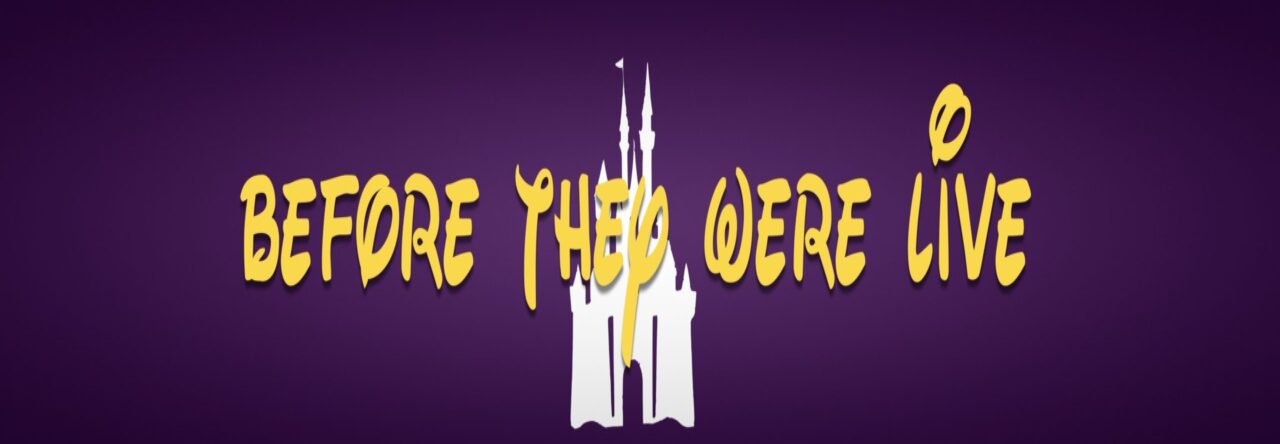“All of his zest for invention, for creating fantasies, seemed to be going into this plaything. I came away feeling sad”
“I hope I don’t offend any of our listeners. The men who have the elaborate miniature train sets always seem…like they are sad.”
I’m not sure what to make of this sadness, and again no offense to the man himself, bu the first person I though of was Bruce Zaccagnino.
[vimeo 166403522 w=640 h=360]
Now, this could be our own cultural reacting. When I was in Germany I visited many elaborate model villages and experienced a sense of joy and whimsy. Likewise, I have fond memories of visiting model train installations with my dad as a kid. It was a shared interest and there is something magical about the amount of effort that goes into those things.
My dad had a model train that has stayed mostly in a box. There was a short time when he had it out and started working on it. I asked for one for Christmas and loved going to the model train shop in town to look at all the possibilities. Nothing much ever came of it, which is why I floundered around in my response during the podcast. Again, I have fond memories: bonding with my dad, looking at plans and engines, day dreaming. That’s obviously not what Michial was talking about.
Those with elaborate sets have neccesarily taken things to a whole new level. I suppose they could be bonding experiences as well, but I wonder if more often they aren’t more akin to the way “Lord Business” from The Lego Movie acts. Using the toy not as a way to see his son, but as a way to not see him. Compelled to fill some sort of emptiness. I suppose you could say that about any creative endeavor. Which is probably why I feel uncomfortable casting any judgement. It’s like Ian Morgan Cron says (I’m paraphrasing): People make the most beautiful and destructive things out of their wounds. Sometimes both.
Jason Kottke asks in relation to Bruce:
What compels people to do things? Especially things that don’t make sense to other people?
Somehow I think the compulsion must have a bit of the divine in it. No matter if it’s twisted or redeemed we all have the spark of the Creator in us and reflect His image. Therefore we create. It makes me think of Flannery O’Connor.
““Whether the work itself is completely successful, or whether you ever get any worldly success out of it, is a matter of no concern to you. It is like the Japanese swordsmen who are indifferent to getting slain in the duel… You do not write the best you can for the sake of art but for the sake of returning your talent increased to the invisible God to use or not use as he sees fit. Resignation to the will of God does not mean that you stop resisting evil or obstacles, it means that you leave the outcome out of your personal considerations. It is the most concern coupled with the least concern.””
May we all find joy in resigning ourselves to the will of God.





































